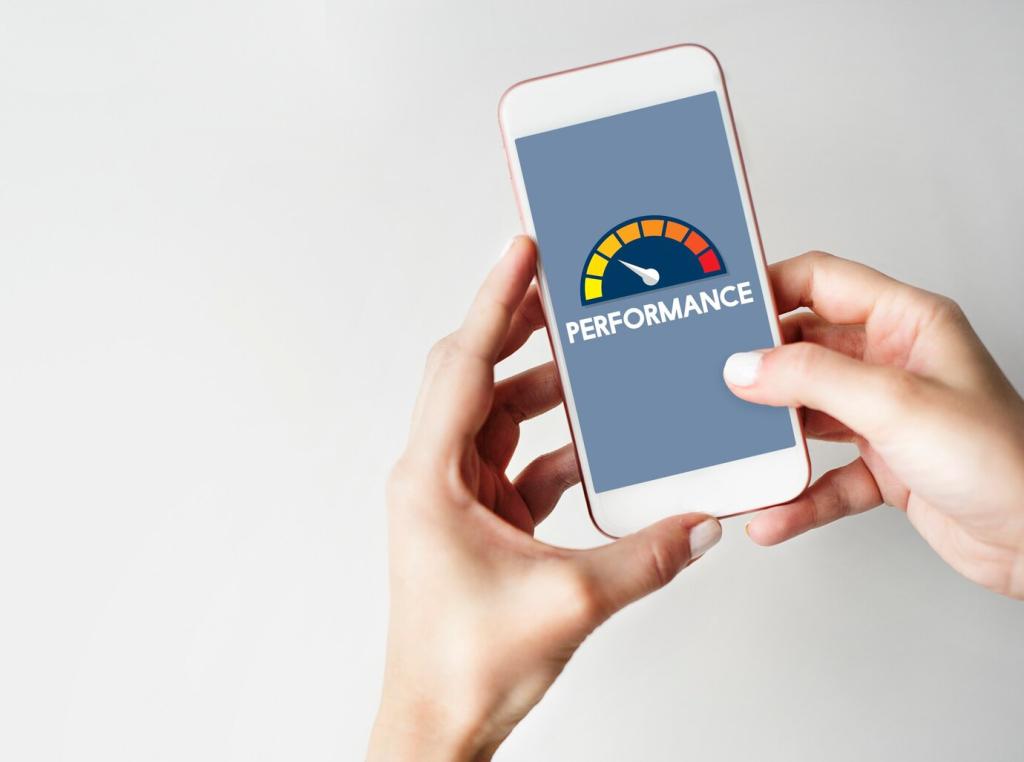Appium: The Cross-Platform Workhorse
Appium’s WebDriver-based API lets you write tests once and run them on iOS and Android, reducing duplication across teams. Shared page objects and selectors lower maintenance cost, while platform-specific extensions fill the gaps without forking entire suites.
Appium: The Cross-Platform Workhorse
Appium plays well with device farms like AWS Device Farm, BrowserStack, and Sauce Labs. Run against real hardware for confidence, simulators for speed, and mix them in nightly pipelines. What is your flake rate difference between cloud and local devices?



